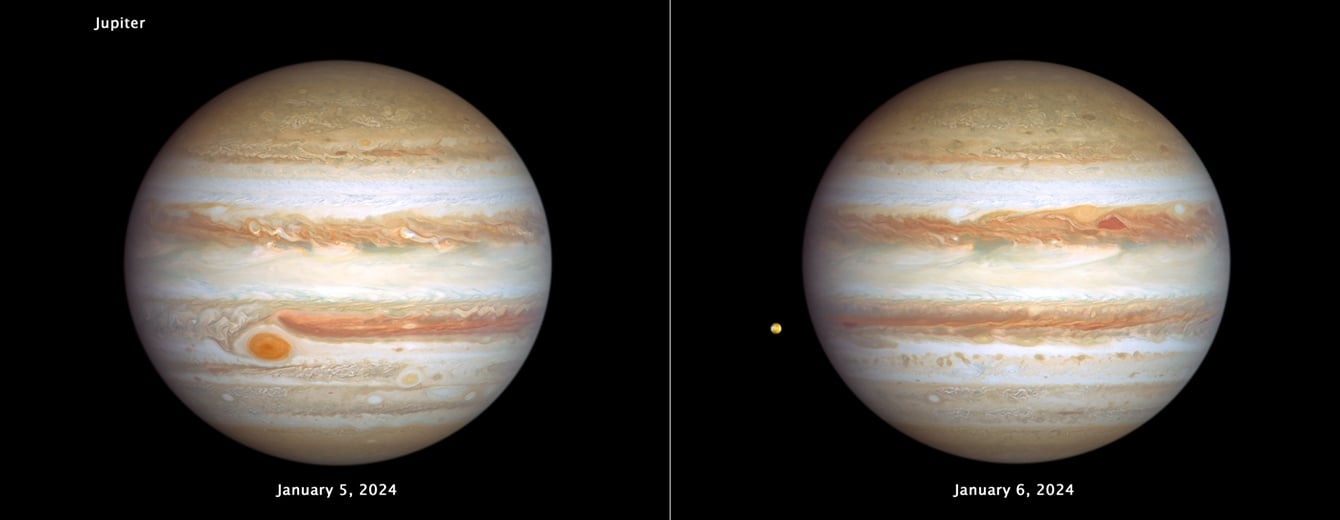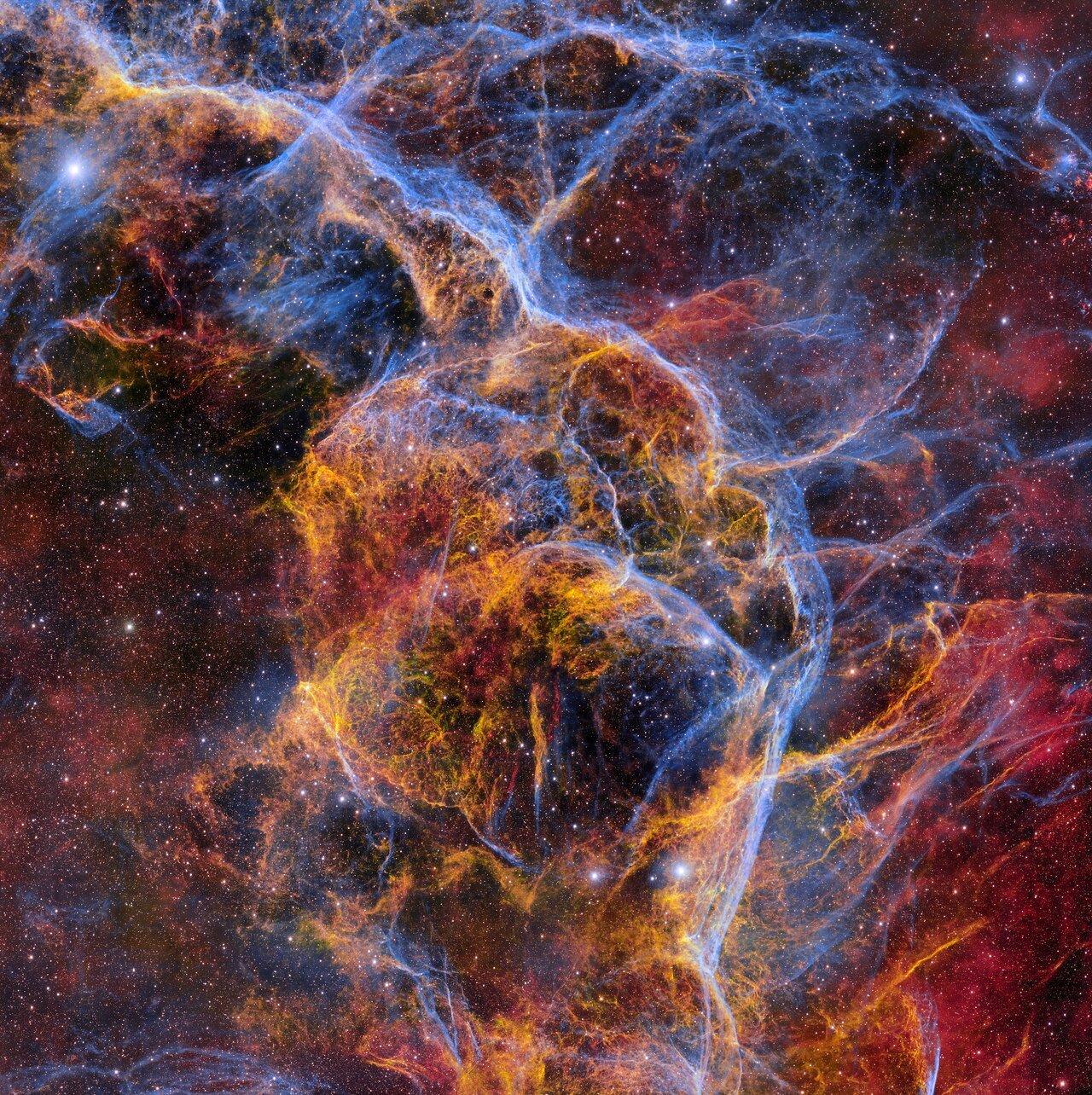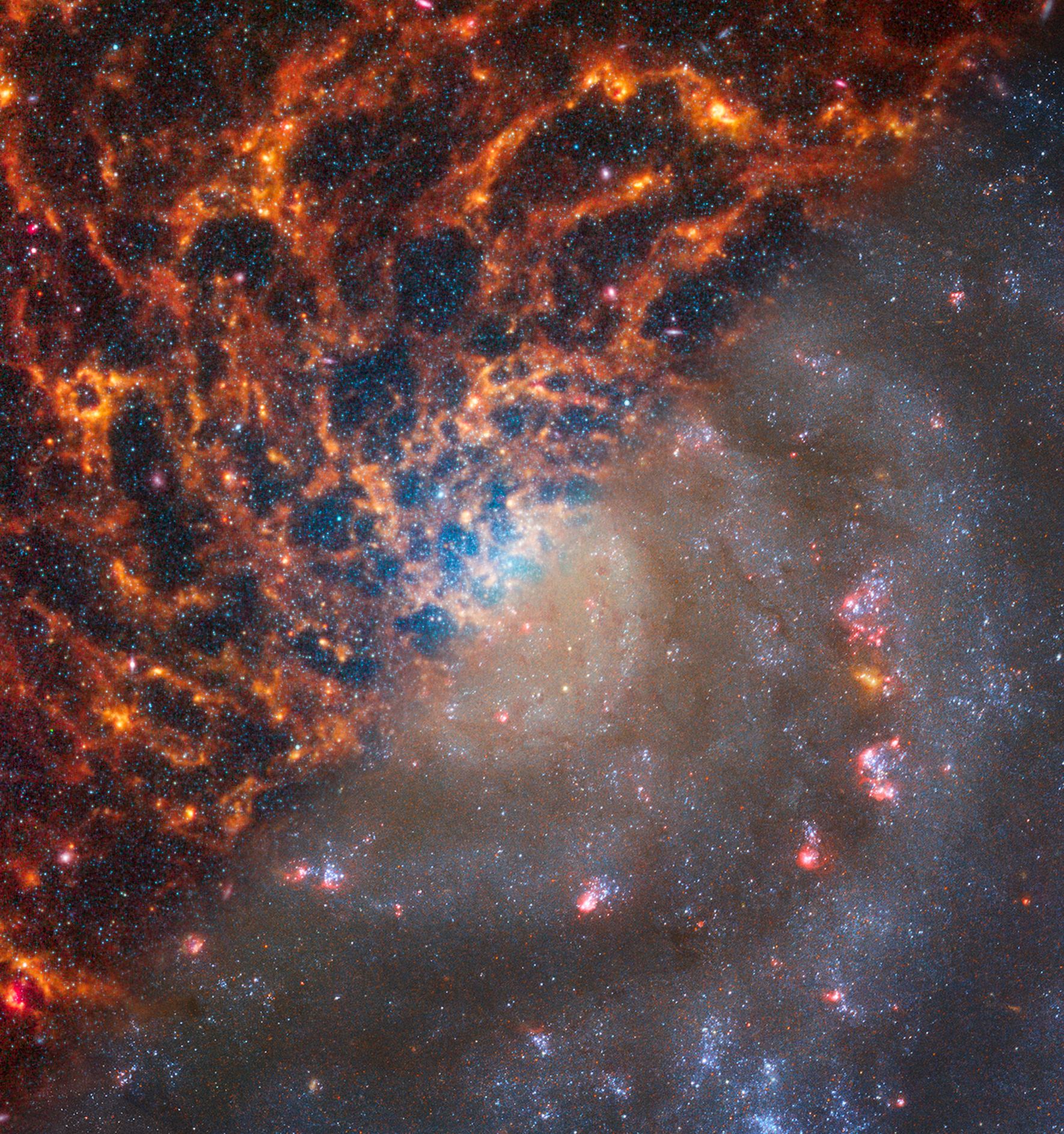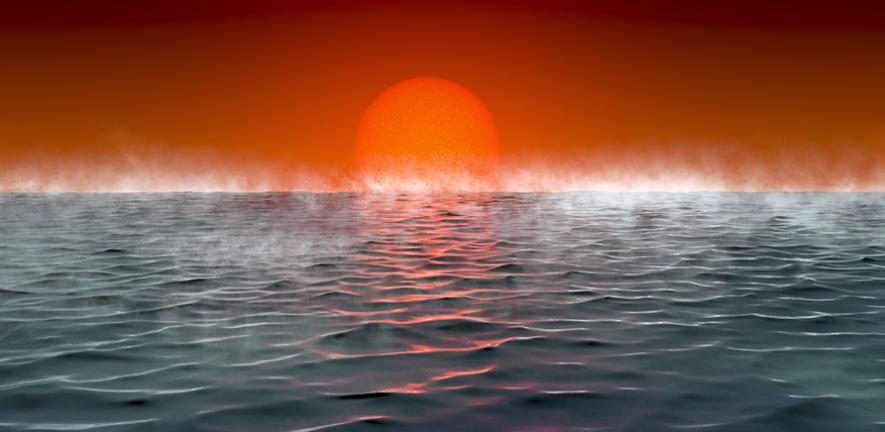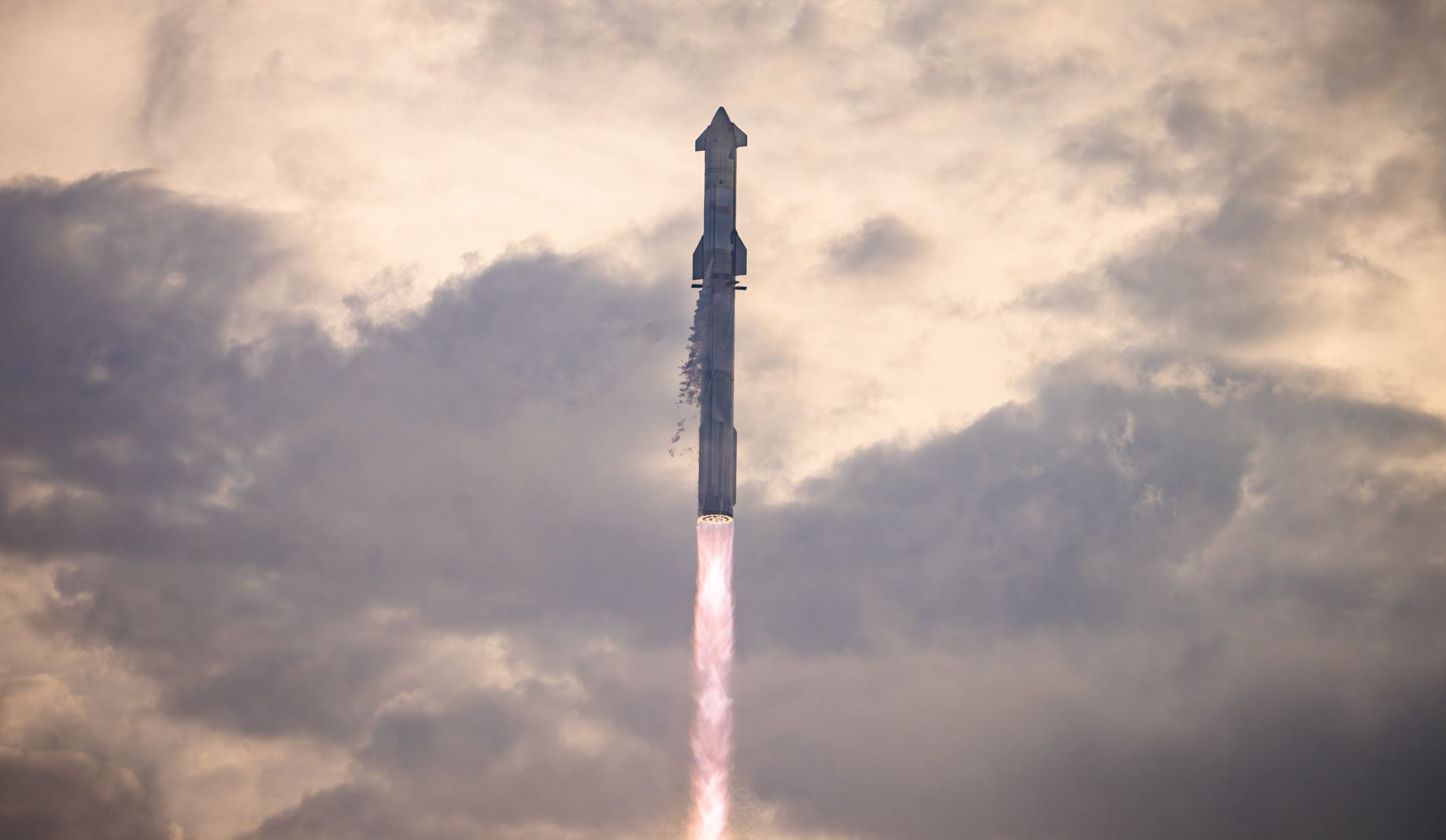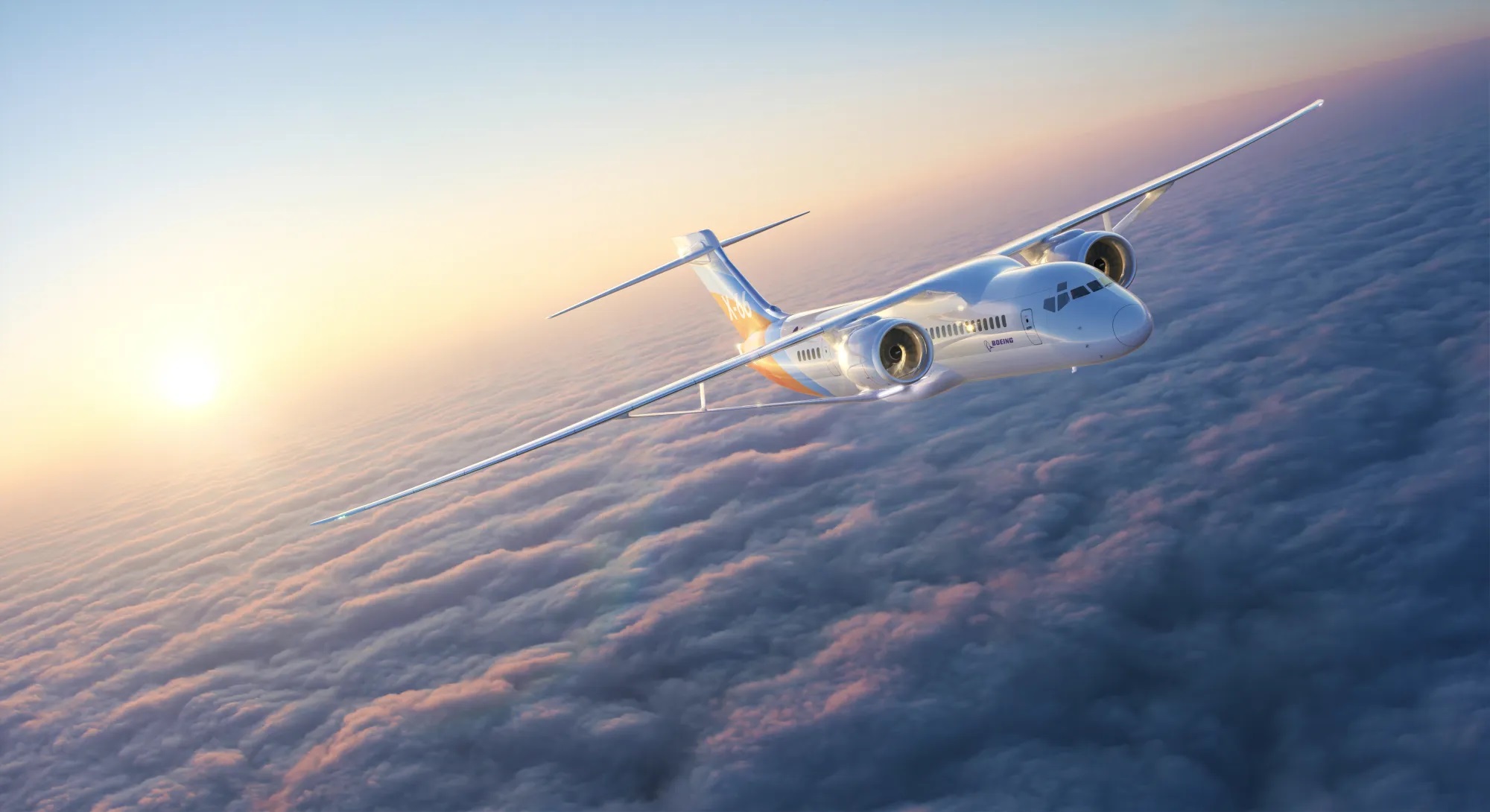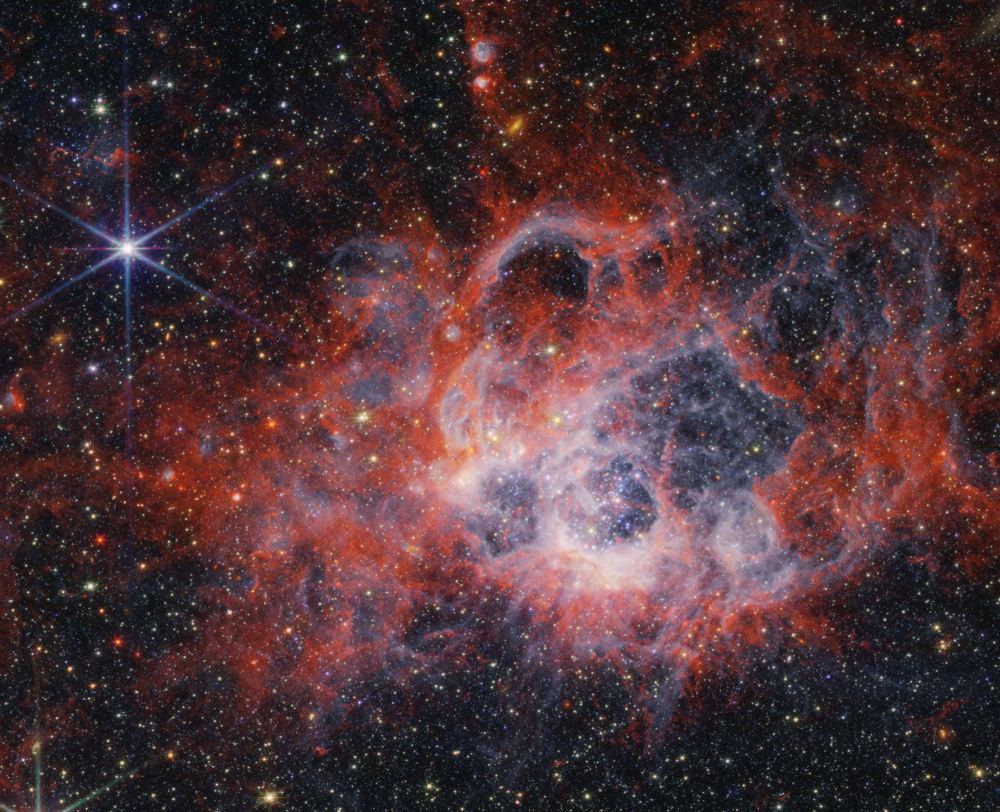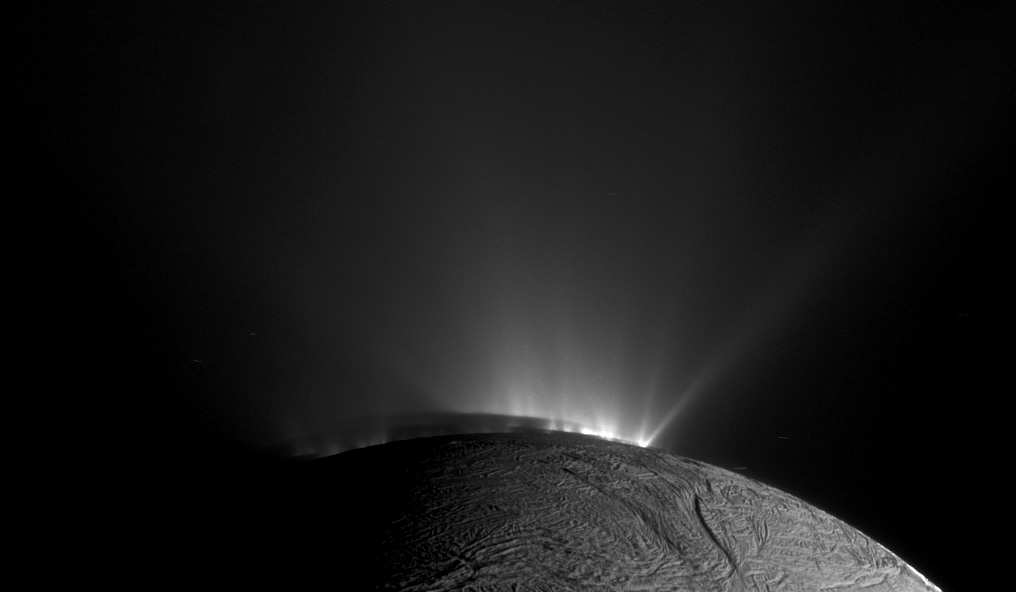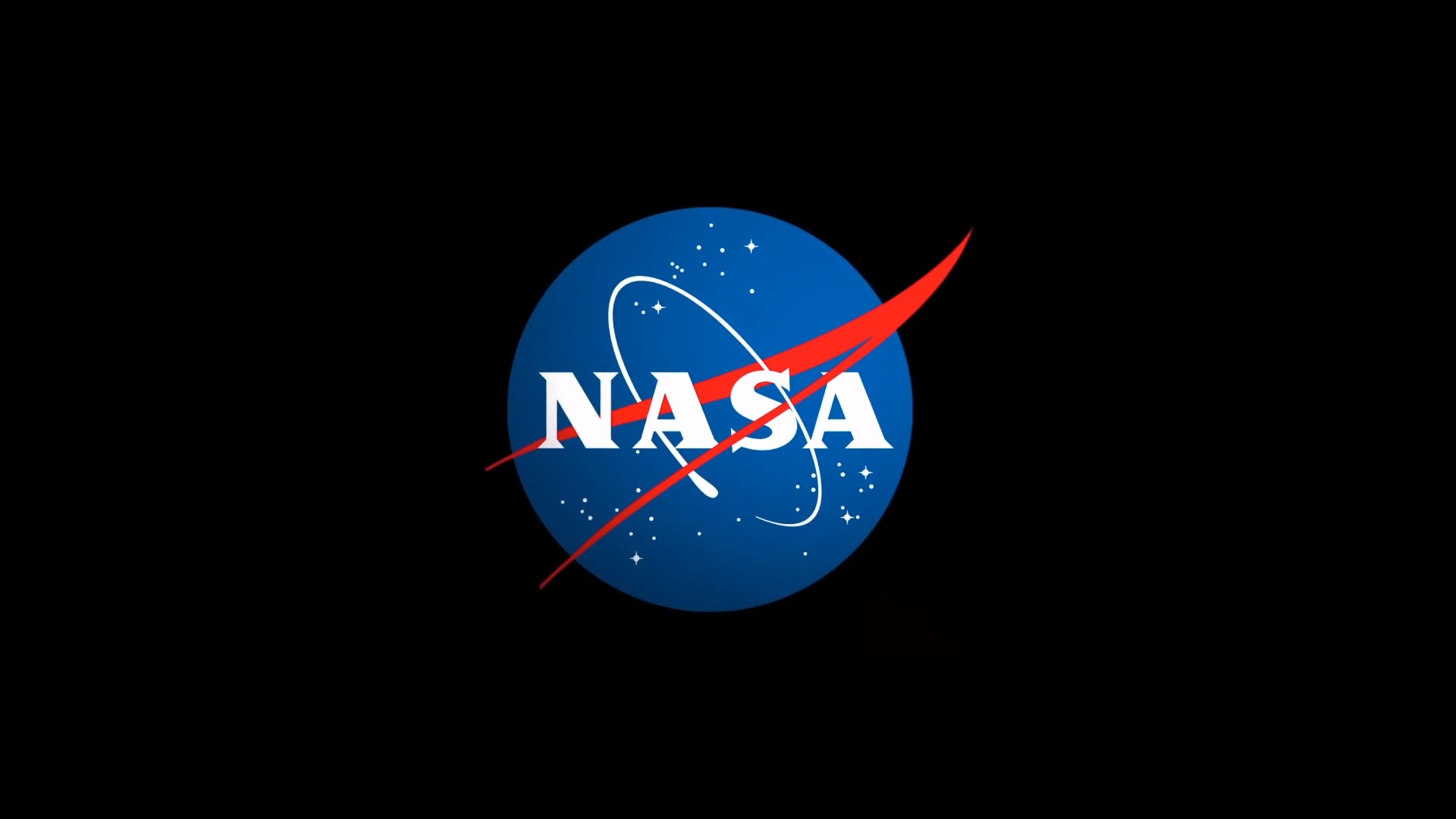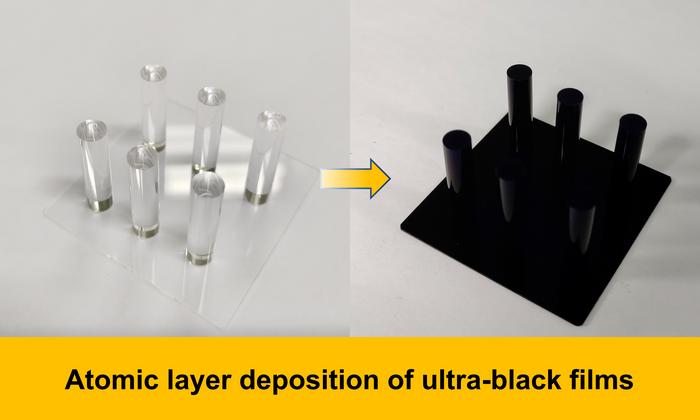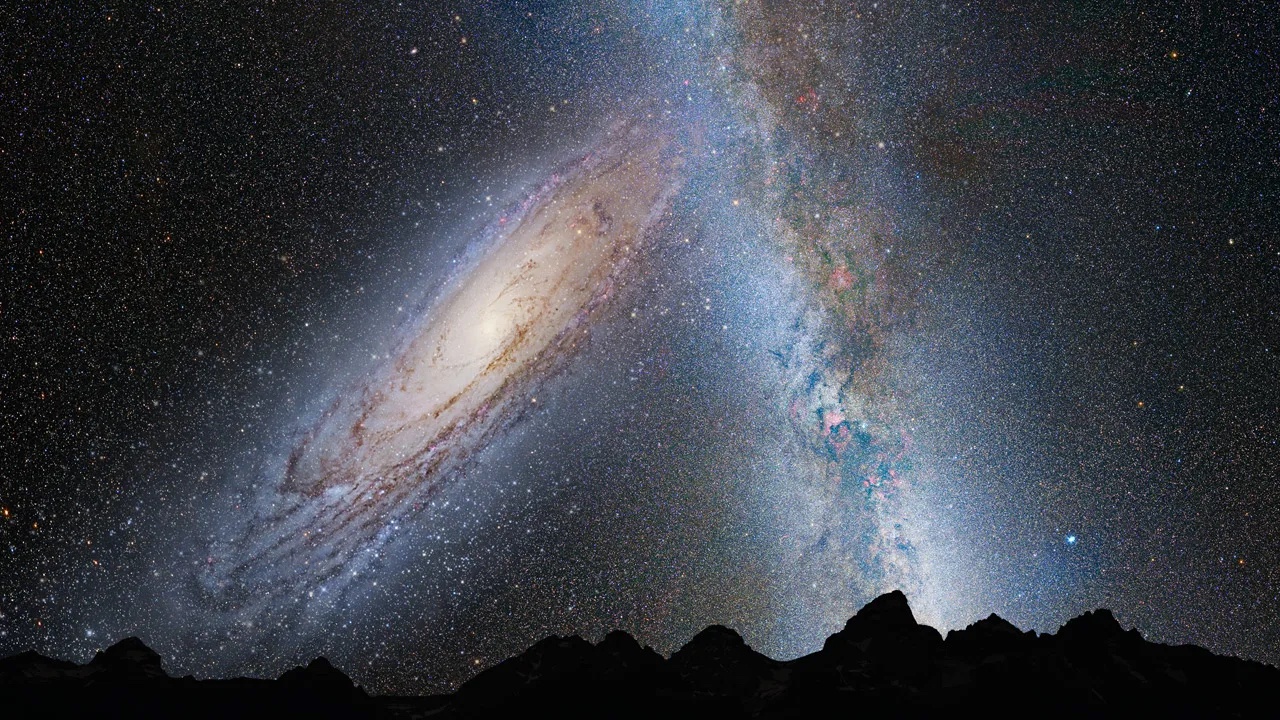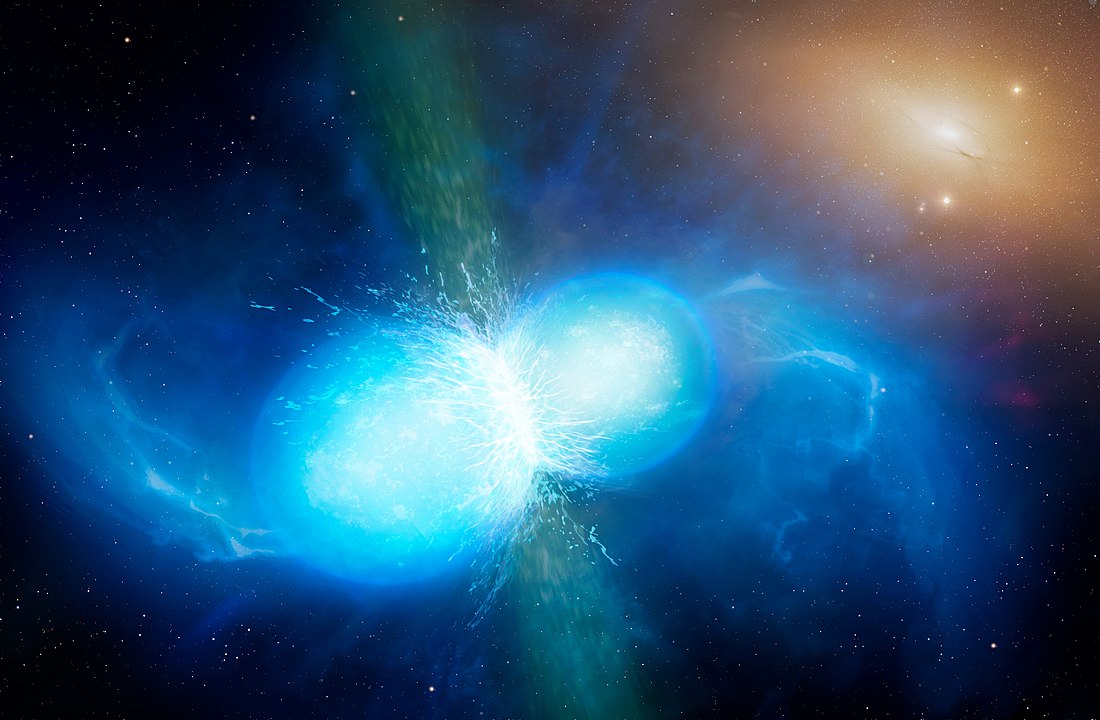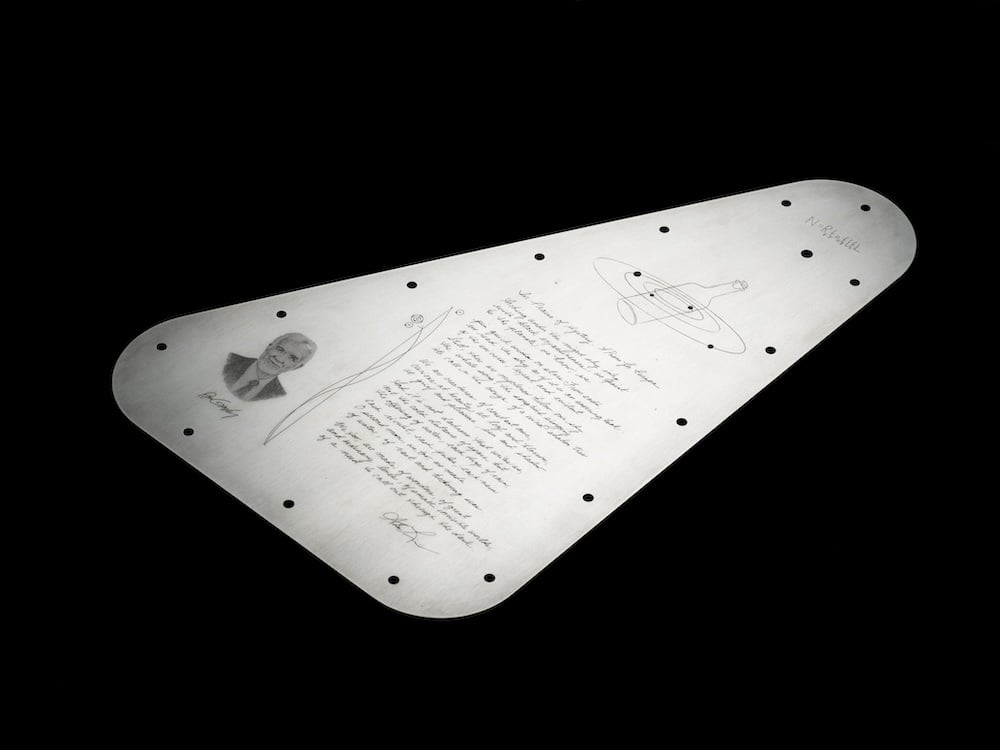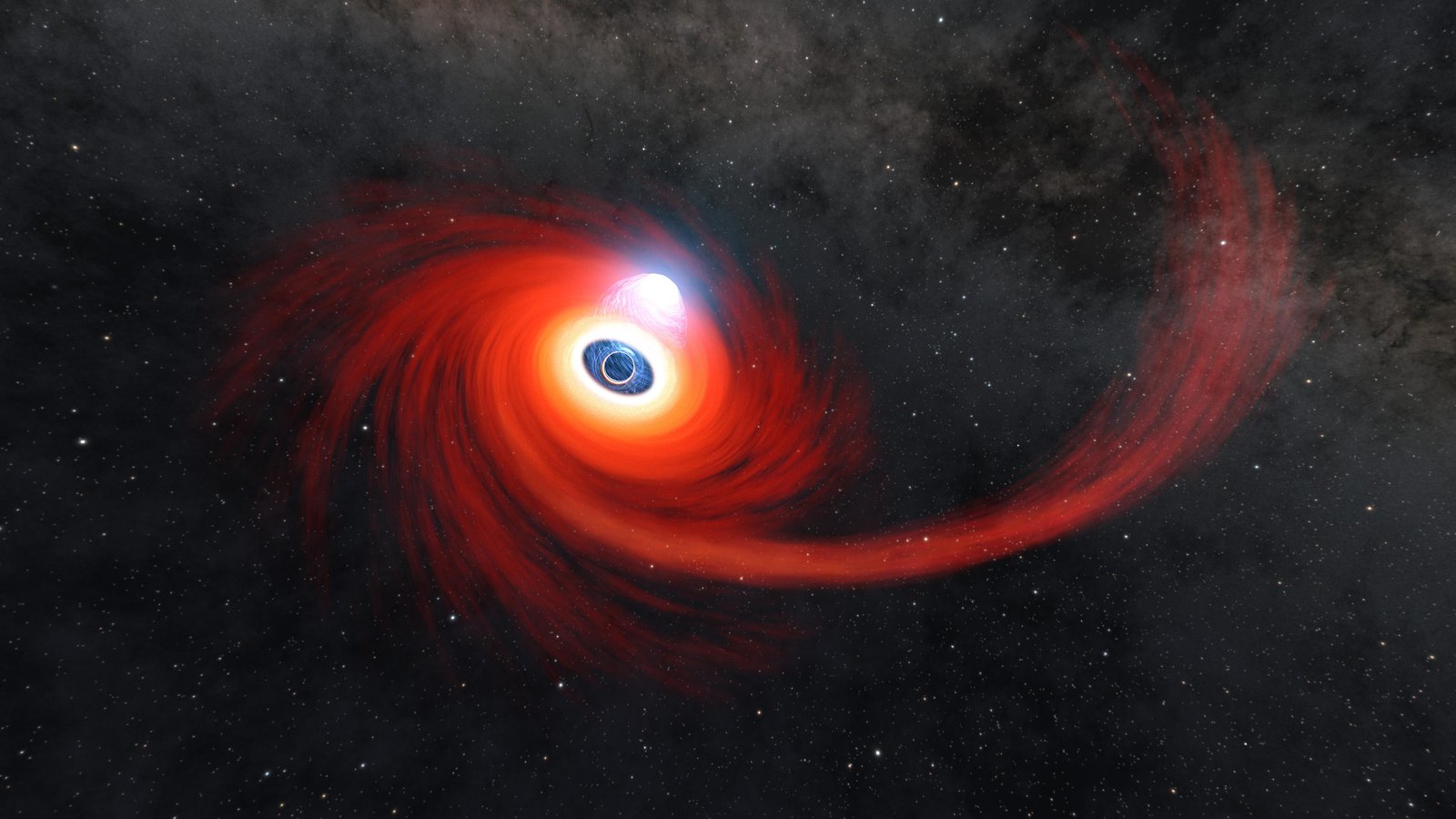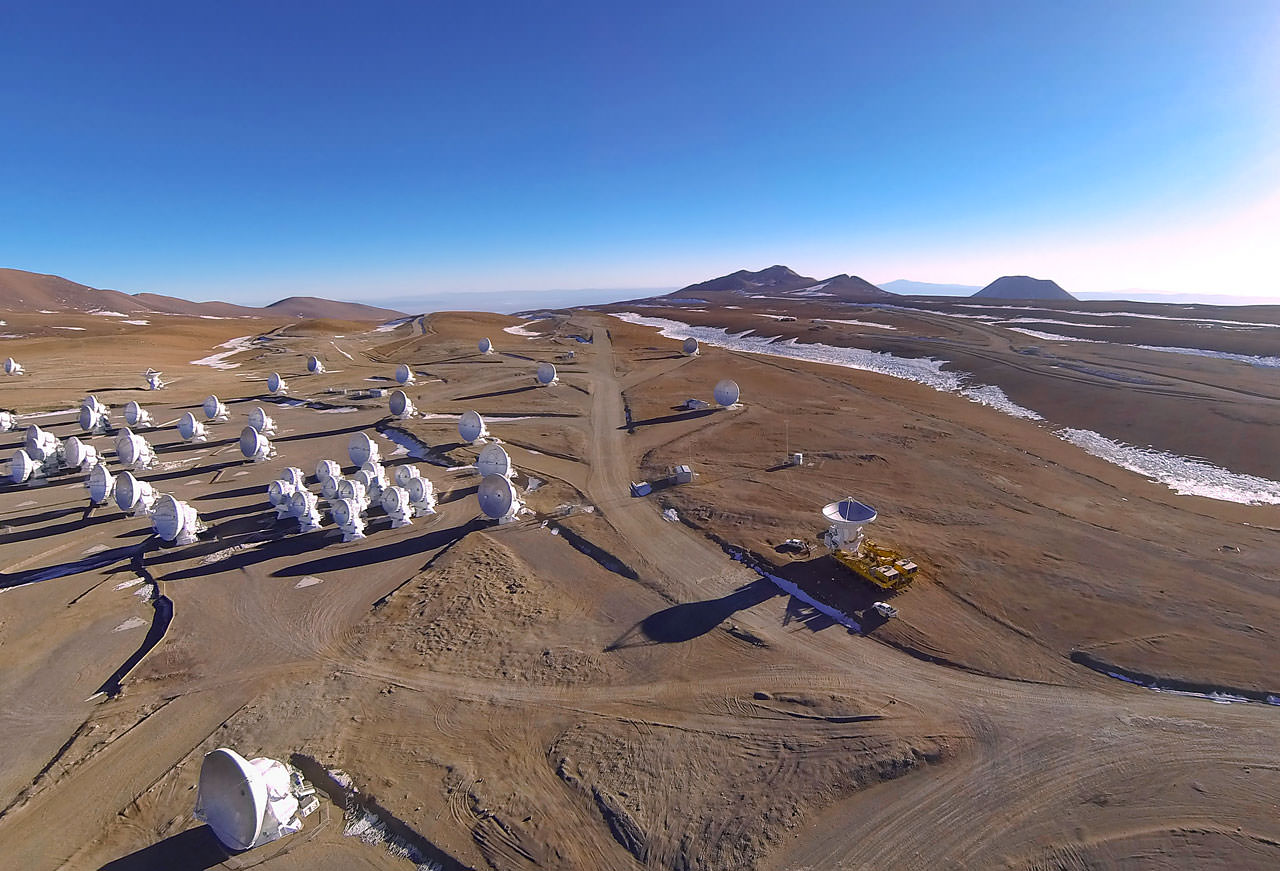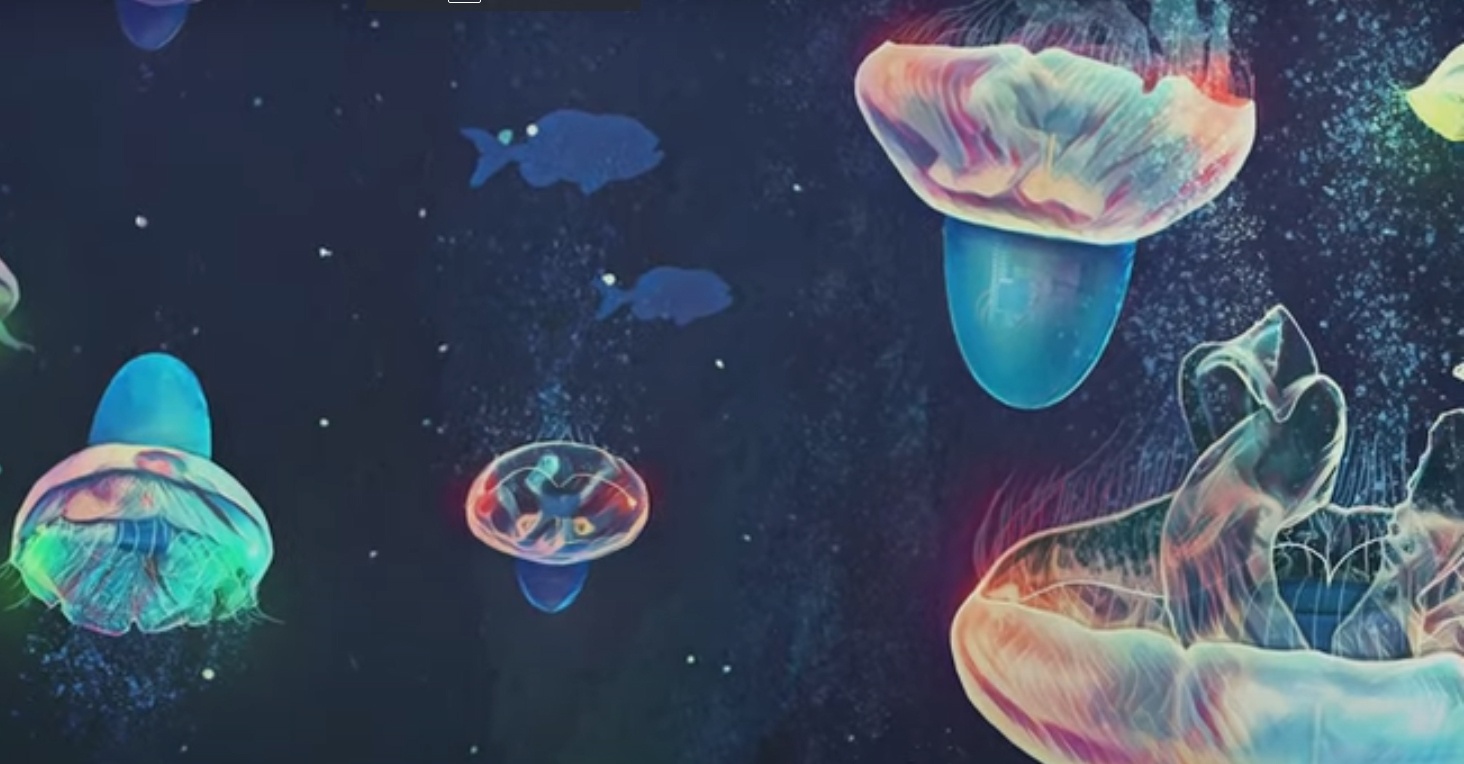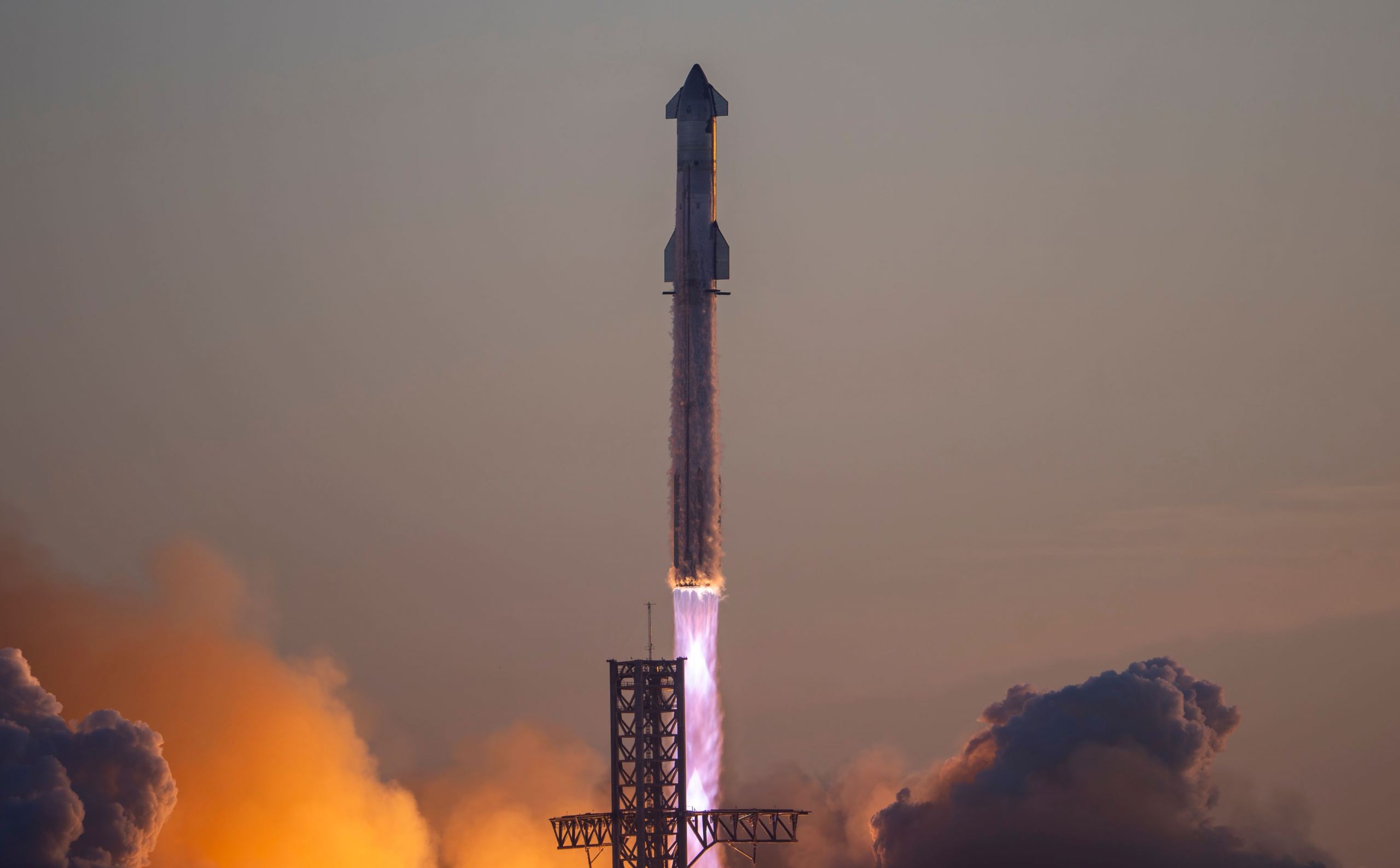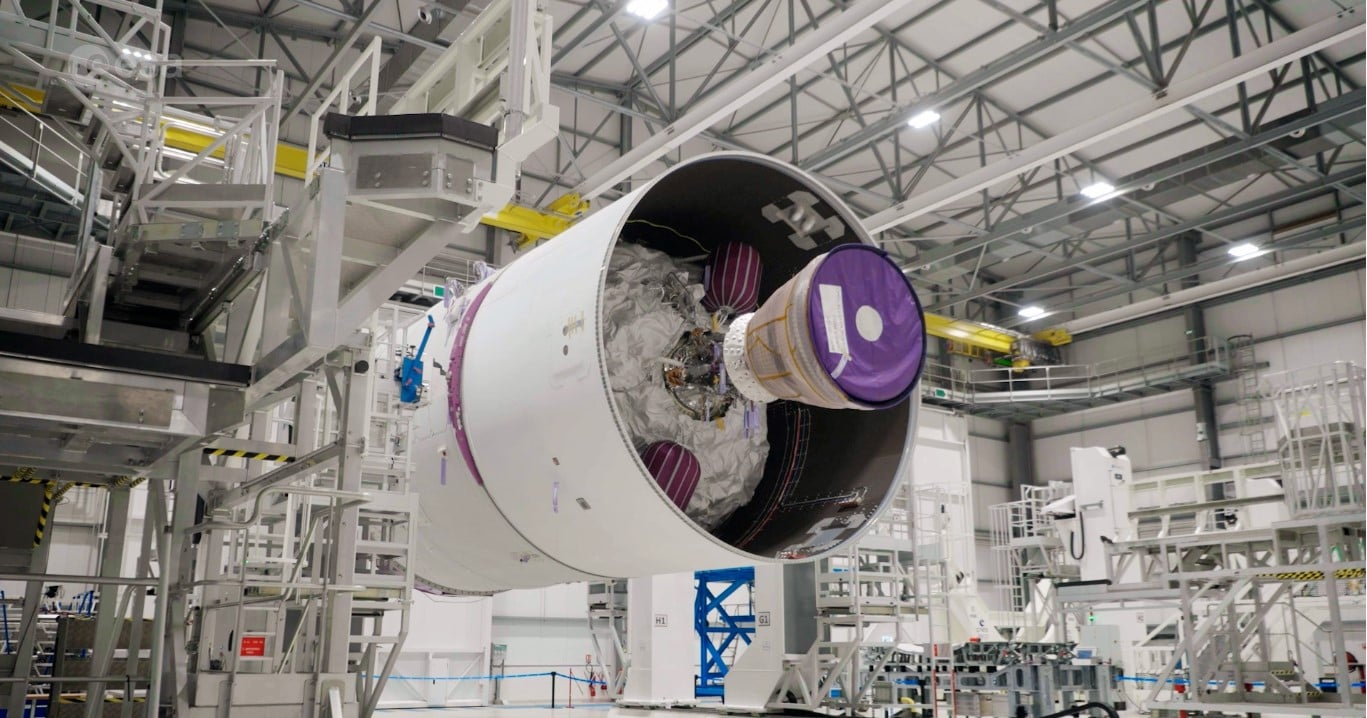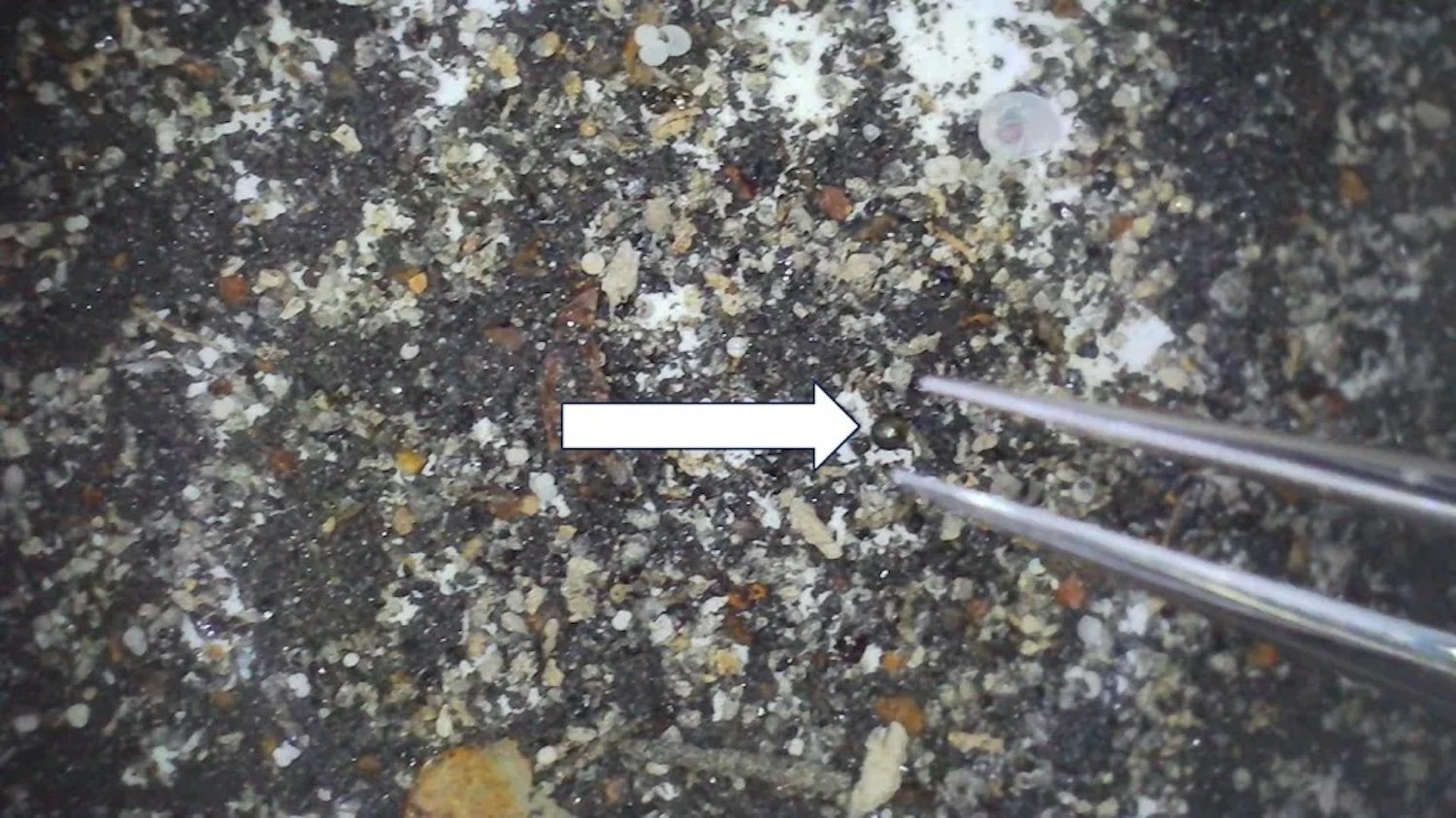
Researchers recently collected 850 millimeter-sized spherules from the seafloor near Papua New Guinea. They believed they were caused by an interstellar bolide that struck the atmosphere in 2014. Most were terrestrial in origin or resembled typical iron or chondritic meteoroids, but a small ratio was unusual. In a new paper, scientists propose that these spherules are similar to debris found in a vast region caused by an impactor that hit Earth 788,000 years ago.
Continue reading
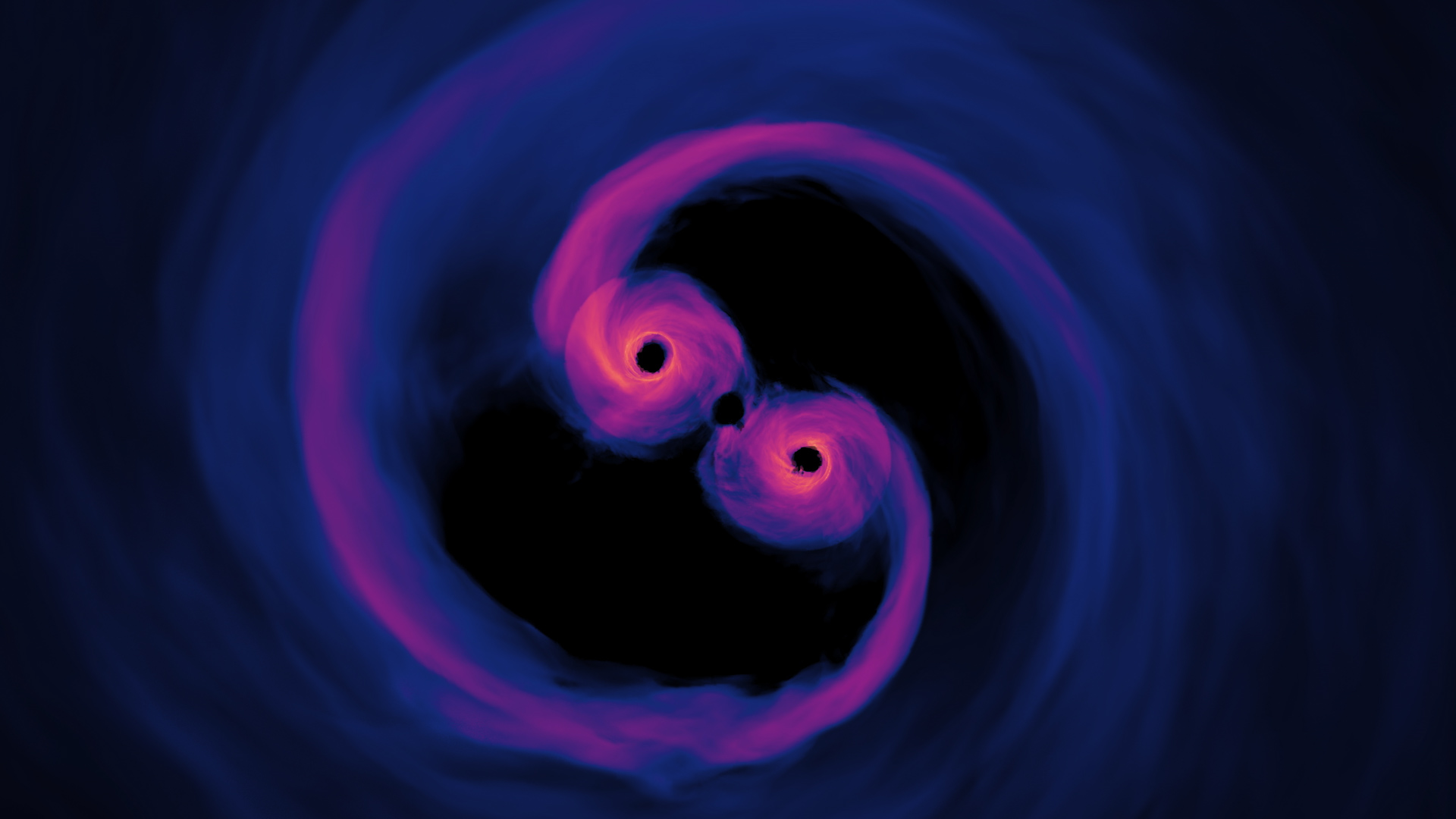
How were supermassive black holes able to grow so rapidly in the early Universe? Galactic mergers were believed to be the answer, providing fresh material to feed black hole growth. According to researchers, that's not enough; the process also requires reservoirs of cold gas at the center of the host galaxy. Actively feeding black holes blast radiation, heating gas so it won't collapse. Cold gas can be pulled into accretion disks and fuel black hole growth.
Continue reading
